Claiming your suitcases and other items is one of the most important things to do after disembarking from a flight. This process can often be confusing, especially for those who are traveling by air for the first time.
In this article, I'll guide you through the process of claiming your baggage once you've arrived at your destination airport, ensuring you do it right to prevent issues like misplacing your belongings or mixing them up with someone else's.
Ensure you have all important documents before leaving the aircraft. It's easy to forget these in the overhead compartments or seat pockets. The documents you need to have on hand include:
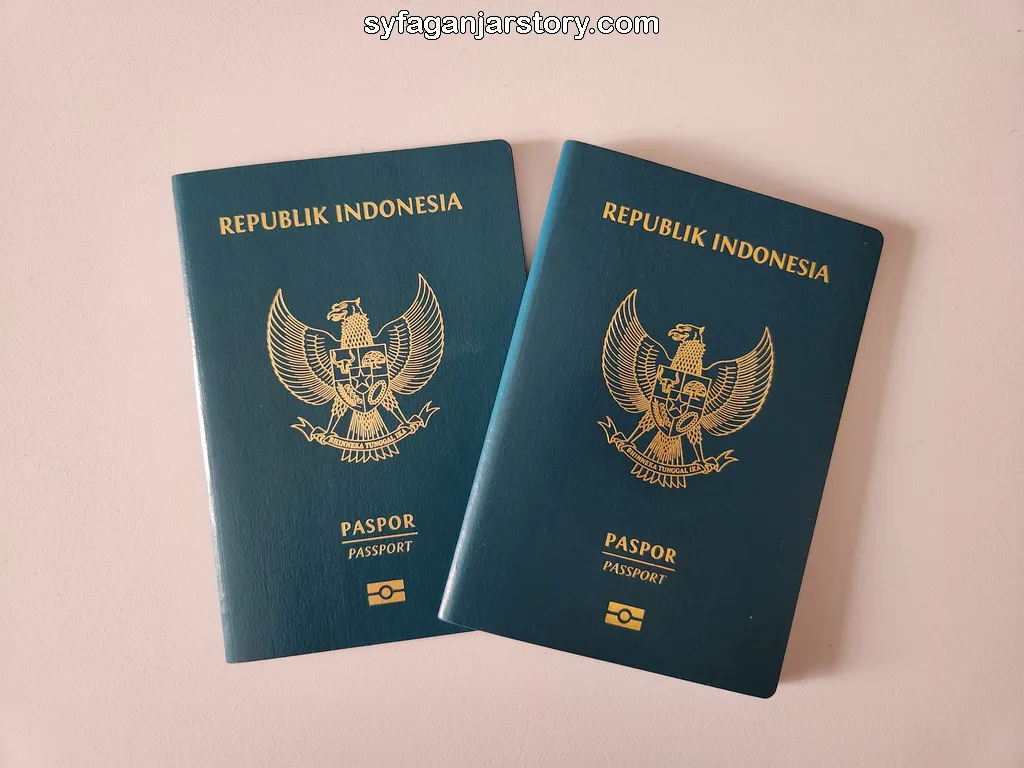
For domestic journeys, make sure you have a valid form of identification. This could be an ID card, a driver's license, or even a passport. In contrast, international travel strictly requires a passport.
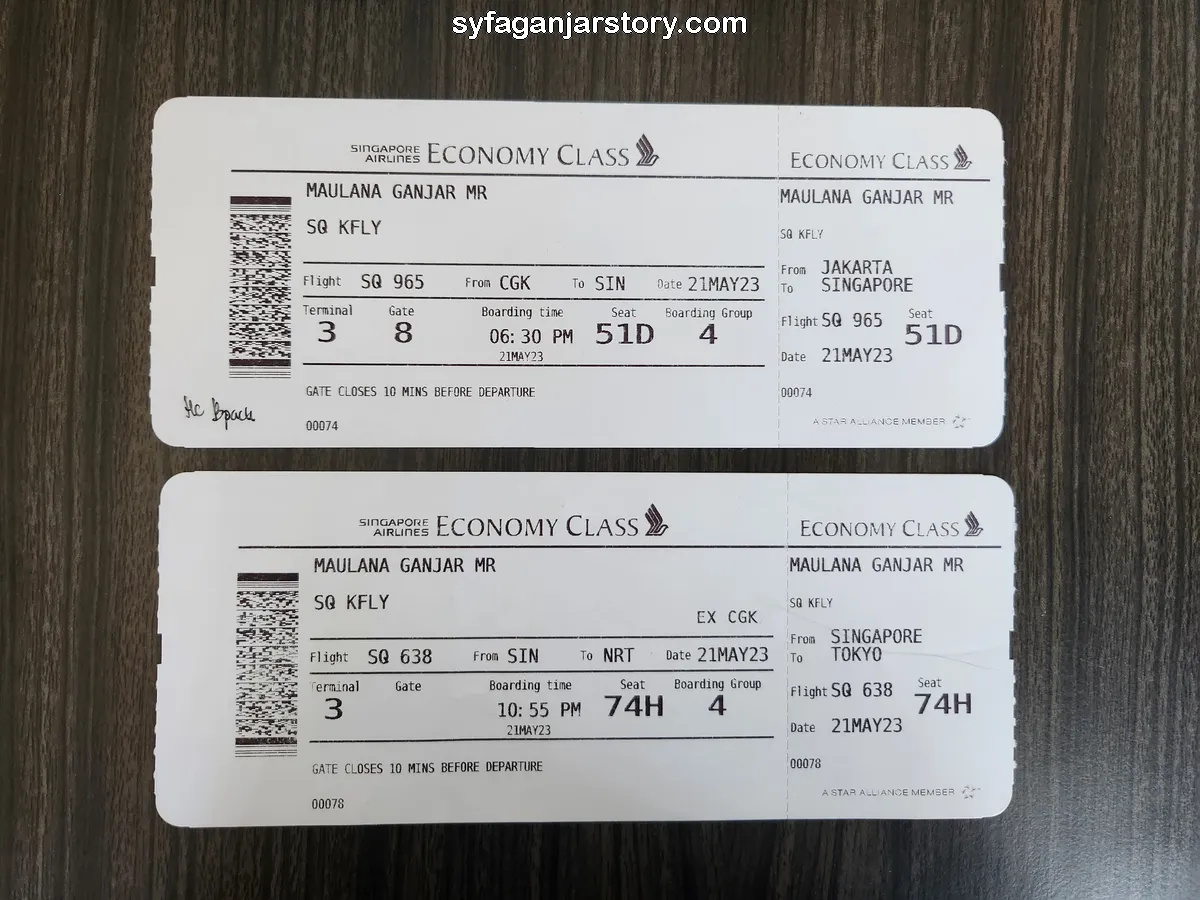
Although your flight has concluded, keep your boarding pass. It contains crucial details needed for verifying your luggage.
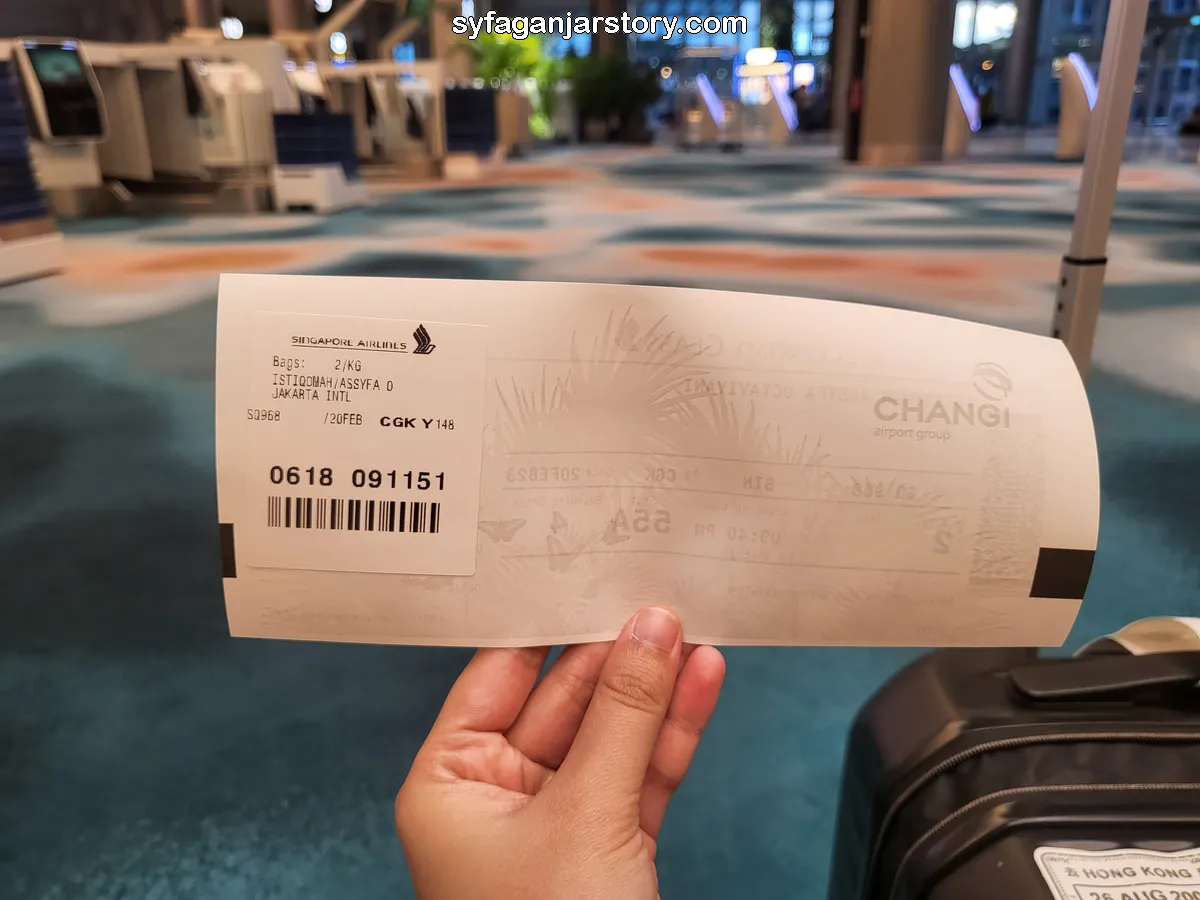
This is a tag often attached to your boarding pass. When you check in your baggage, the staff provides you with this tag, which includes information like your name, the airports of departure and arrival, your flight number, the weight and number of your baggage, and a barcode or QR code.
This data is vital in ensuring you collect the correct luggage. It should match the information on the tags attached to your suitcases or other checked items.
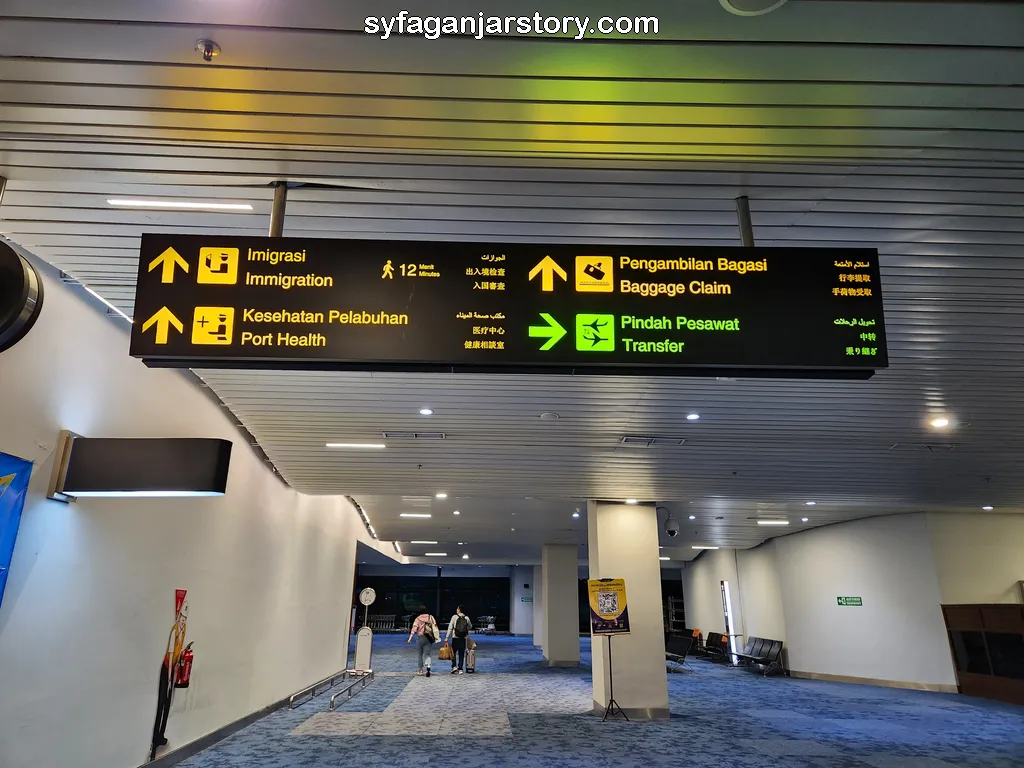
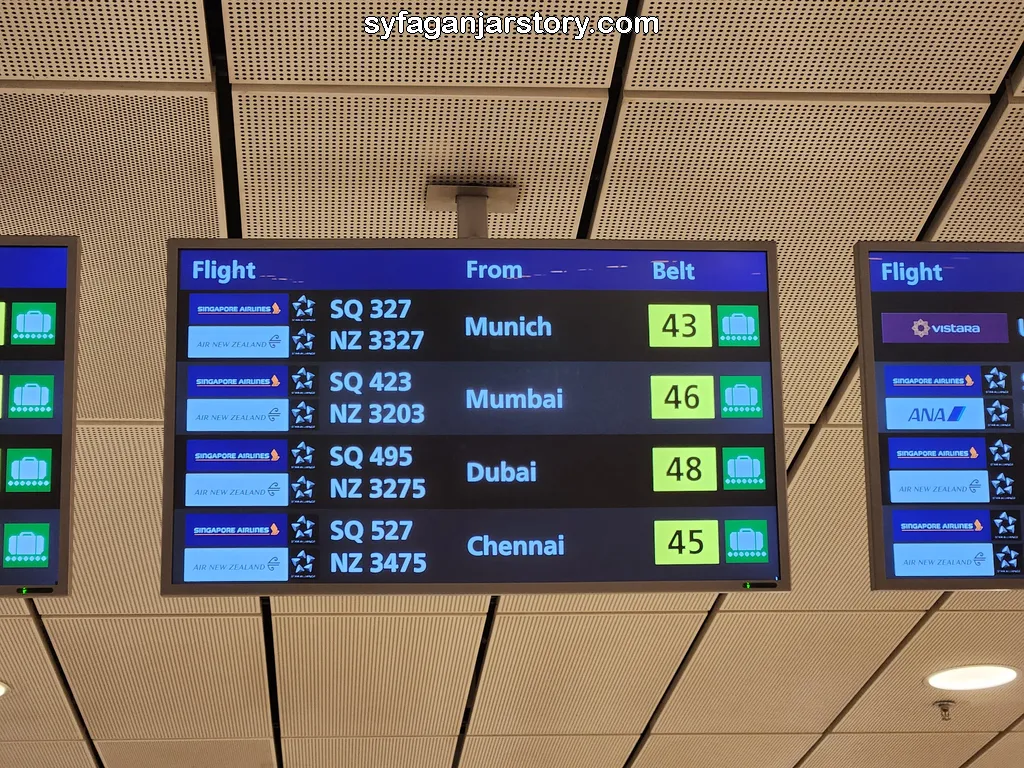
Upon landing, passengers on domestic flights should follow the signage marked "Baggage Claim." Those arriving from international destinations need to head to the immigration area first.
Once you reach the baggage claim zone, keep an eye out for the information screens. These displays provide essential details such as the name of your airline, the flight number, the city you flew in from, and the number of the conveyor belt where your baggage will arrive.
To find your belongings, check these screens for your specific flight number and corresponding conveyor belt. Head to the indicated belt, which will also have signs displaying your airline and flight number for easy identification.
In case you're collecting multiple pieces of luggage, baggage claim areas typically offer trolleys at no charge. Should you require assistance, porters are available for hire to help transport your luggage.
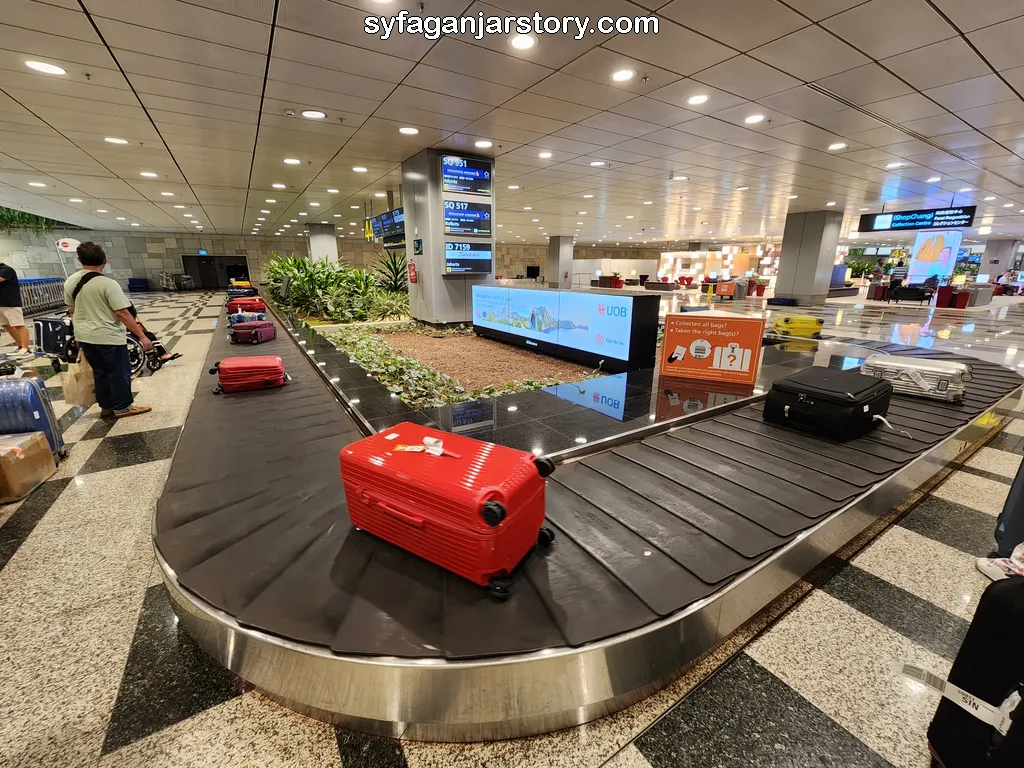
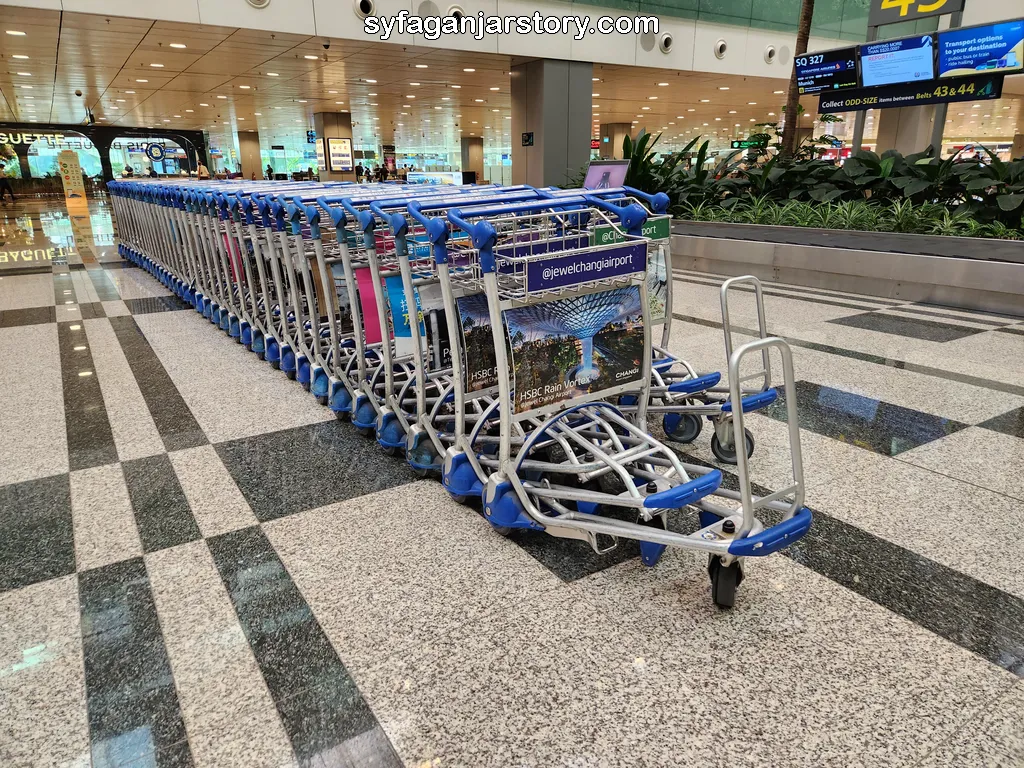
Upon reaching the conveyor belt, wait for your bags and items to appear and move towards you. Luggage is placed onto the belt in batches, so if your belongings aren't immediately visible, remain patient.
In the event that you miss spotting your luggage initially, there's no need for alarm. The belt will continue to rotate and bring your items back to you, so it's best to stay in place rather than trying to follow your luggage around the belt. When your suitcase arrives within reach, promptly remove it from the conveyor belt.
It's crucial to then verify the baggage number on your luggage tag against the receipt that is attached to your boarding pass.
This step ensures that the numbers match, helping to avoid any mix-up with luggage belonging to other passengers, especially since many suitcases look alike.
Also, to help you spot your luggage more easily, consider adding things like luggage covers, tags, straps, and more. For tips on how to make your luggage stand out, take a look at this article:
Occasionally, airport staff may check your boarding pass and luggage tag as you exit. This is a security measure to ensure passengers only collect their own belongings and avoid any confusion with others' luggage.
For those on international flights, you'll proceed through security checks and customs after retrieving your luggage. However, if you're on a domestic flight, you can simply exit the airport with your baggage once it's collected.
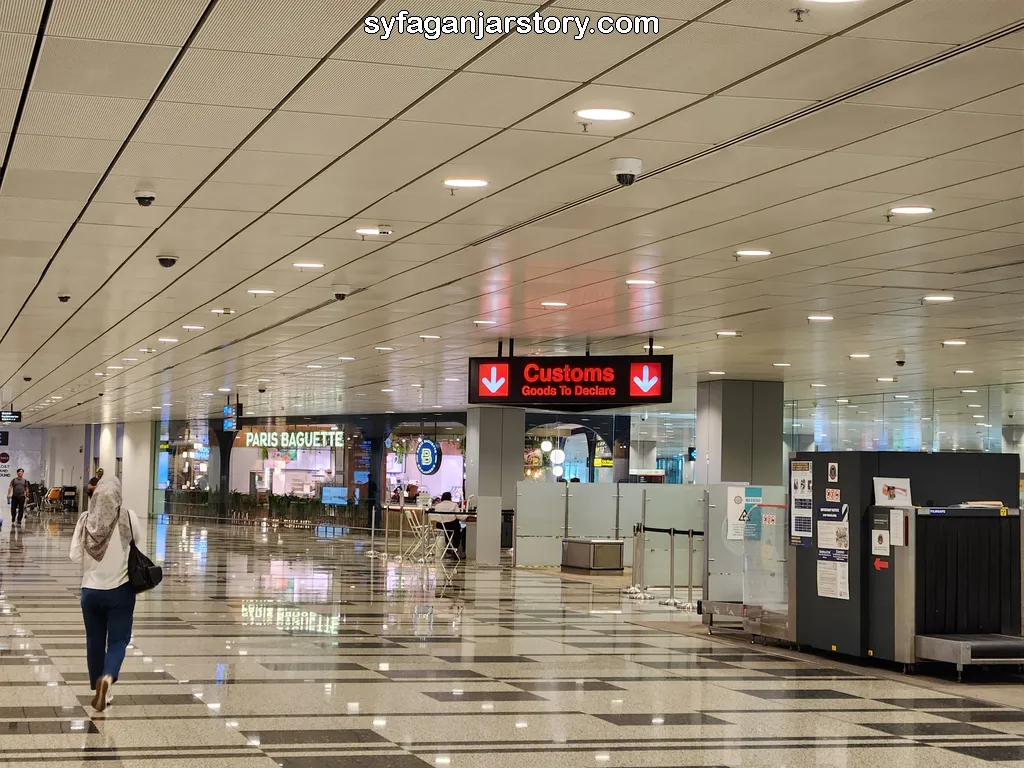
At many airports, a security screening follows the luggage collection process. During this check, it's not necessary to remove personal items such as jackets or watches. The focus here is on scanning your checked baggage. Simply place your suitcase and any other checked items onto the conveyor belt for the scanning machine.
Moreover, for international travelers, there's an additional step of passing through customs. In this phase, you must declare and, if applicable, pay taxes on certain items brought or purchased from overseas.
It's important to note that customs regulations vary from country to country. Therefore, it's advisable to familiarize yourself with the customs rules of your destination country before your flight. This preparation ensures compliance with local laws and a smoother journey through customs.
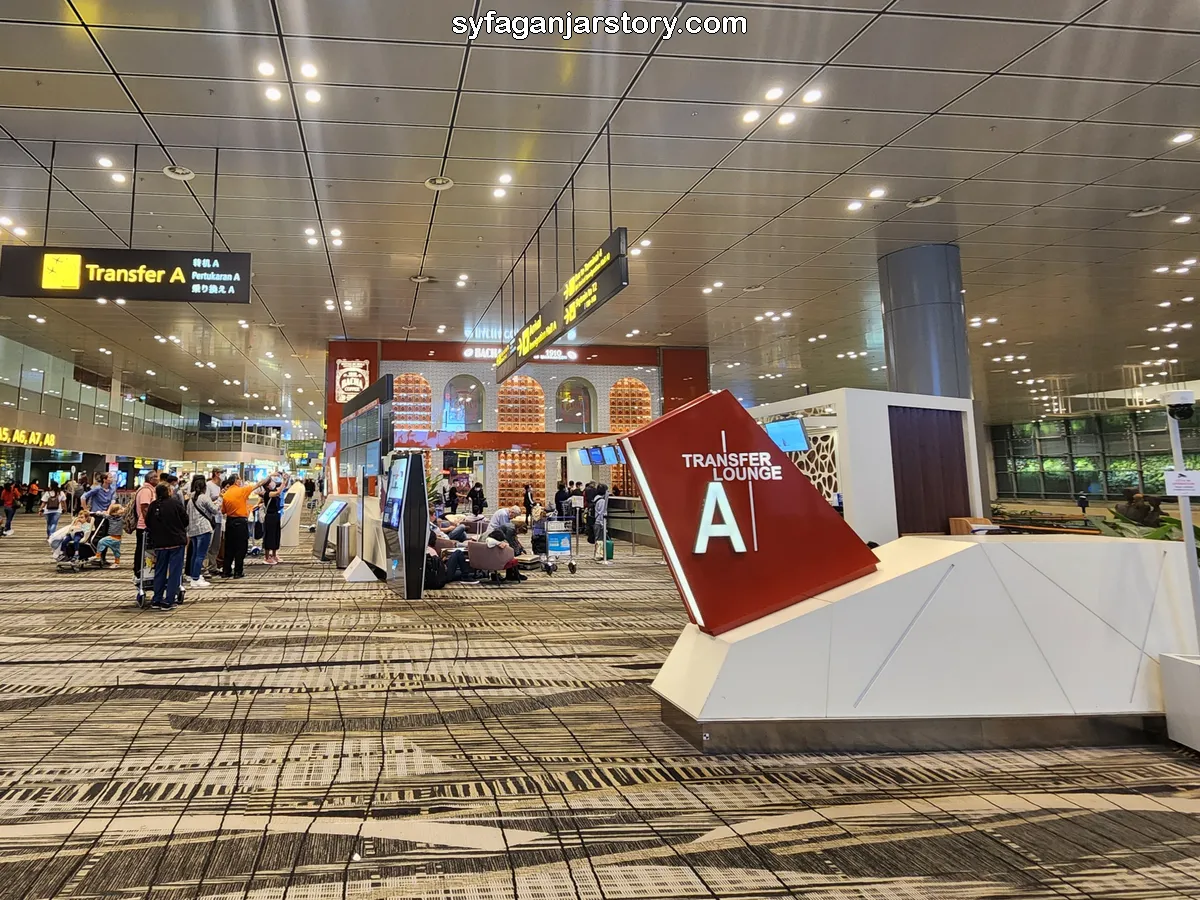
The guidance provided earlier specifically addresses regular, non-stop flights. However, the handling of baggage in the case of a transit flight varies based on the transit procedures.
If your connecting flight is with the same airline, the check-in process at your initial airport typically involves receiving all your boarding passes, extending to your final destination. This means there's no need to visit the transit counter during your layover.
For such transits, your checked baggage is automatically transferred to your next flight. This allows you to proceed directly to your connecting flight without having to reclaim and recheck your baggage.
When your connecting flight involves a different airline, you will likely receive only the first leg's boarding pass at your initial check-in. Upon arriving at the transit airport, you must visit the transit counter to obtain your boarding pass for the onward journey.
At the transit counter, the airport staff will tell you the next steps for your luggage. Procedures vary: in some airports, transit officers handle your checked baggage automatically, while in others, you may need to collect and recheck it as usual.
The key is to always ask the check-in or transit counter staff for guidance on handling your luggage. For more detailed information about the transit process, refer to the article below:
In summary, the steps for managing your luggage during transit flights require attention to specific airline and airport procedures. Always verify your baggage to ensure it doesn’t get mixed up with others’.
